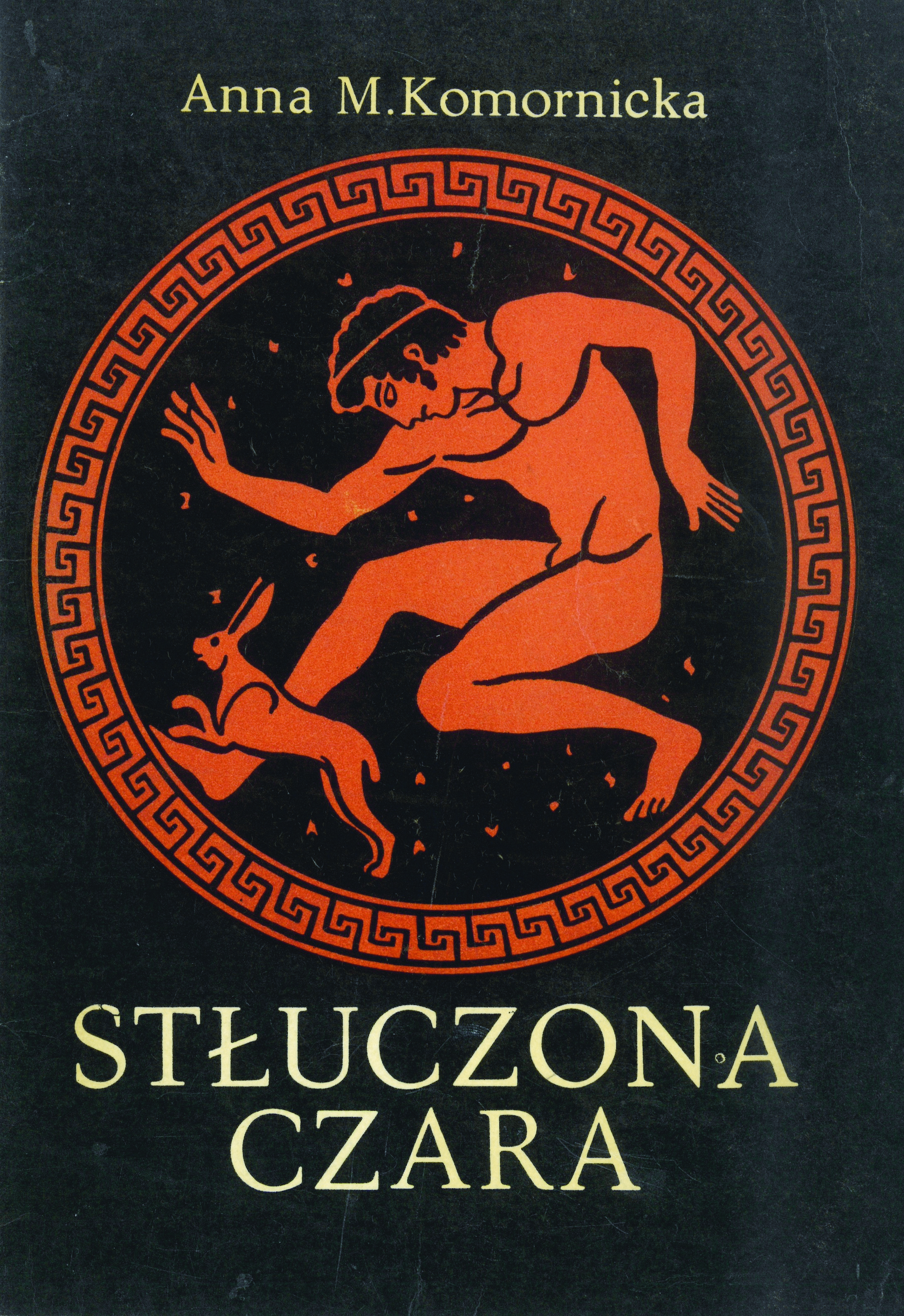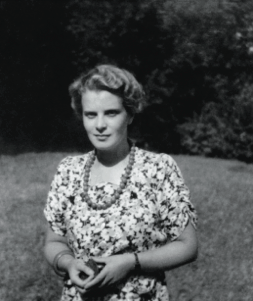Title of the work
Country of the First Edition
Country/countries of popularity
Original Language
First Edition Date
First Edition Details
Anna M. Komornicka, Stłuczona czara, ill. Jerzy Treutler. Warszawa: Państwowe Zakłady Wydawnictw Szkolnych, 1972, 33 pp.
Genre
Short stories
Target Audience
Children
Cover

Cover of the 1975 edition, published by WSiP. Courtesy of the publisher.
Author of the Entry:
Elżbieta Olechowska, University of Warsaw, elzbieta.olechowska@gmail.com
Peer-reviewer of the Entry:
Katarzyna Marciniak, University of Warsaw, kamar@al.uw.edu.pl

Photograph courtesy of the Author.
Anna M. Komornicka
, 1920 - 2018
(Author)
Classical philologist, specialized in Greek comedy and archaic lyric poetry; her research covered also texts of the Greek Fathers, reception of the Bible, genesis and evolution of concepts in ancient literature; translator of Greek and Roman, as well as contemporary literature into Polish; Editor-in-Chief of the classical journal “Meander”; author of books and radio-plays inspired by Antiquity for children and adolescents. Honorary Member of the Scientific Committee on Ancient Culture of the Polish Academy of Sciences (KNoKA PAN).
Sources:
Jadwiga Czerwińska, “Profesor Anna Maria Komornicka, nasz mistrz”, Meander 63 (2008): 4–14 (accessed: June 11, 2021).
Anna M. Komornicka, “Anna M. Komornicka: Listy do Meandra”, Meander 74 (2019): 179–201 (accessed: March 29, 2021).
Jan Komornicki, “Pożegnanie Cioci Anny z Wolańskich Komornickiej (27 września 1920 – 17 grudnia 2018)”, Meander 74 (2019): 3–8 (accessed: June 11, 2021).
Bio prepared by Elżbieta Olechowska, University of Warsaw, elzbieta.olechowska@gmail.com
Summary
Based on: Katarzyna Marciniak, Elżbieta Olechowska, Joanna Kłos, Michał Kucharski (eds.), Polish Literature for Children & Young Adults Inspired by Classical Antiquity: A Catalogue (accessed: June 11, 2021), Faculty of “Artes Liberales”, Warsaw: University of Warsaw, 2013, 444 pp.
Athens during the times of Socrates. Potter Blepyros dreams that his son Leagros lost at sea fifteen years earlier asks him to make a vase decorated with a painted boy running after a hare, the same Leagros happened to break in the past. A ship arrives in the port of Piraeus carrying slaves, among them, Chryzos, a youth with golden hair. Kinesias, Blepyros younger son, visits the port with a friend; upon hearing the youth sing a Greek song, he stops and talks to him about the beautiful city of Athens. Someone wants to buy Chryzos to work in the mines but Kinesias with his friend convince his uncle Sophron met by chance to pay a bond to the slave merchant and take Chryzos on trial as an apprentice for Blepyros. On the way to Athens, the boys show interesting places and buildings to Chryzos. At the potter’s, Chryzos recognizes the vase with the running hare he remembers from his childhood, the song he sang in the port turns out to be the same Kinesias’ mother Kleonike sang to his first son lost fifteen years earlier. Chryzos proves to be Leagros, Kinesias’ brother and Blepyros’ son.
Analysis
The story, set in 5th century B.C. Athens, presents scenes from everyday life of this period: topography, arts, material culture (pottery, types and decorations), family life, social realities (slavery). The theme of recognition (anagnorisis) based on tokens, in this case the painting and the song.
Further Reading
Czerwińska, Jadwiga, “Profesor Anna Maria Komornicka, nasz mistrz”, Meander 63 (2008): 4–14 (accessed: June 11, 2021).
Maciejewska, Anna, "Ad Annam Mariam Komornicka annos ter tricenos complentem", Meander 63 (2008): 3.
Perusino, Franca, "Auguri da Urbino. Życzenia z Urbino", Meander 63, (2008): 24–25.
Rybowska, Joanna, "Confessio amicitiae Annae Mariae", Meander 63 (2008): 21–23.
Rybowska, Joanna; Witczak, Krzysztof Tomasz, eds., In honorem Annae Mariae Komornicka, Collectanea Philologica, vol. 2, Łódź: Wydawnictwa Uniwersytetu Łódzkiego, 1995.
Starnawski, Jerzy, "O dobrej koleżance. Dostojnej jubilatce na dziewięćdziesięciolecie", Meander 63 (2008): 15–20.


